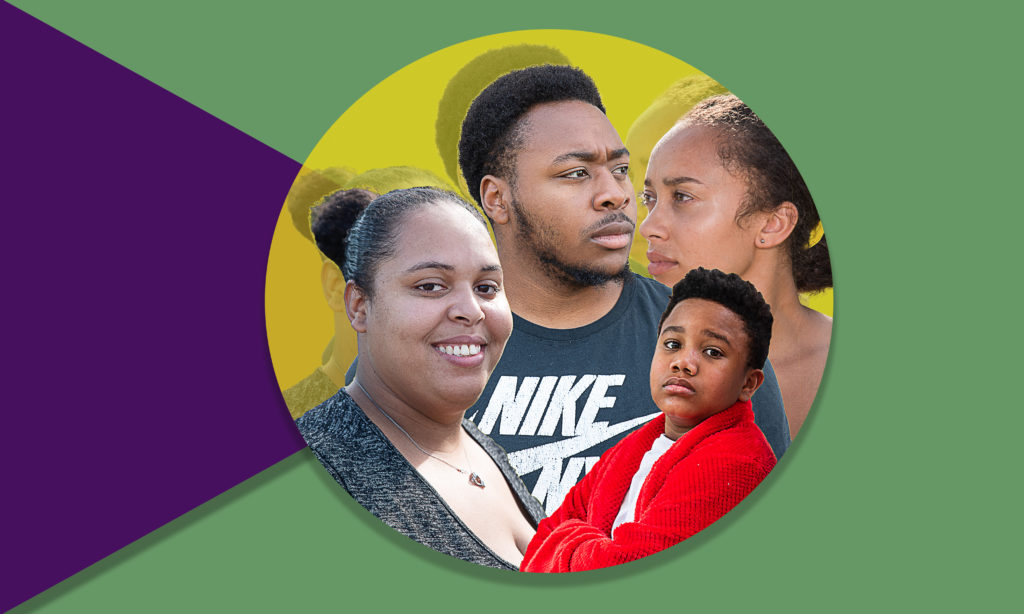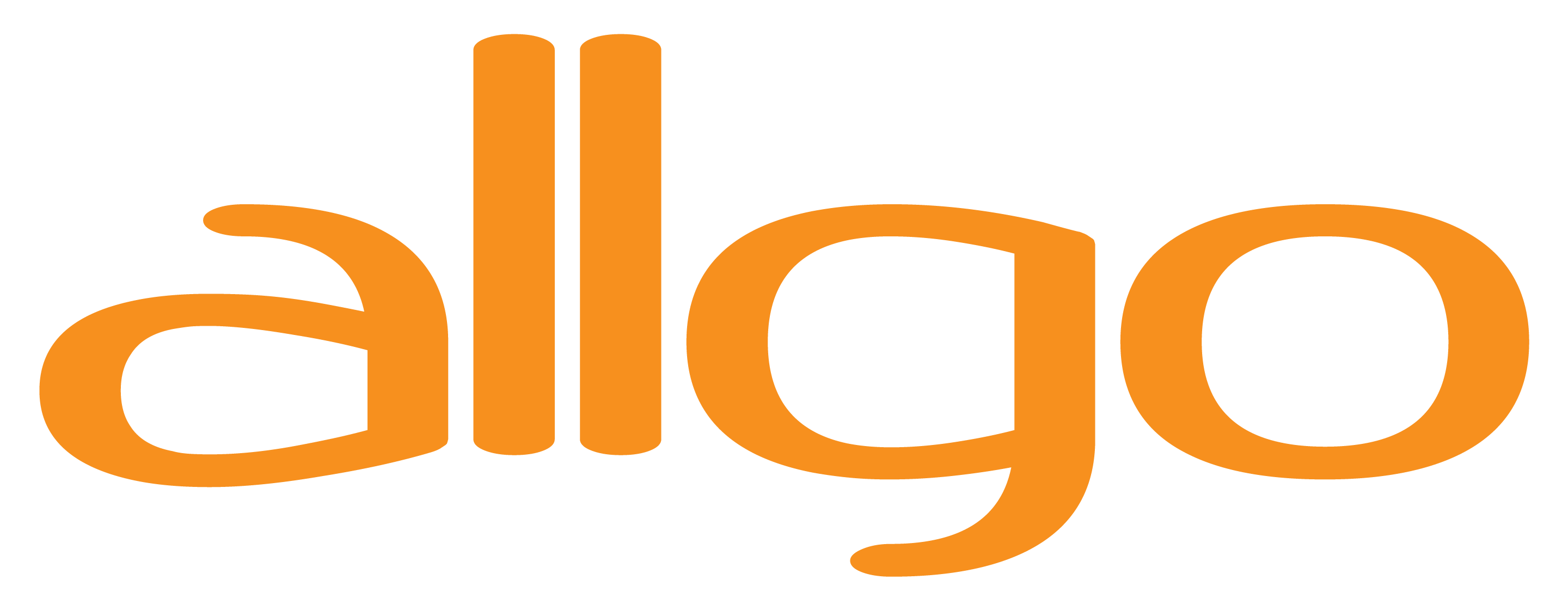
By ena ganguly
I had the opportunity to sit down with Cindy Elizabeth McDonald to discuss her work for Givens Park in collaboration with ForkLift Productions. Her work for Givens focuses on the community members who she grew up with and who share similar connections and hopes for that park and pool as a space to connect, revitalize and nurture Black communities.
ena ganguly: Thank you for doing this blog interview for allgo, Cindy.
Cindy Elizabeth: Of course, I’m happy to sit down with you and allgo.
EG: Can you tell us a little bit about yourself and all the different communities you’re a part of?
CE: I am a Black woman and I am queer. I am a photographer and mixed media artist from the east side of Austin, Texas.
EG: What was it like growing up in Austin as a Black girl?
CE: I grew up on the east side. After the 1928 Master Plan all the black people were pushed to the east of the highway. Growing up on this side of town was an amazing experience for me because all my neighbors were either Black or Brown and everybody looked like me. The community I grew up around had a culture that you could not replicate anywhere else. We looked out for one another. Everyone’s mama was your mama. We cared for one another and there were always lots of parties. [laughs] Always lots of…lots of good feelings, fun times, happy people. Lots of kids running around playing in the neighborhood freely. I felt really free growing up in Austin on the east side.
EG: What is it like living in East Austin now?
CE: I feel like East Austin is a very hostile place to exist in, now, as an adult. Because when you look around you don’t see people engaged in community fun, and laughter, and respect, and appreciation. As a black person in east Austin, you feel both watched and unseen at the same time. And you don’t feel welcome.
EG: When did you come into your own as an artist?
CE: I have always been intrigued by photography and people’s stories and when I was in middle school I carried a disposable camera around with me all of the time and I took photos of my friends and all the things that we would do and I kinda just documented everything. I looked at that as a hobby when I was in high school and even when I was in college. It wasn’t until I graduated from college that I realized that photography was my tool, that it was my purpose and that it was possible to make a living through my art, because although I’d always been an artist, no one had told me that I was. Or told me that it was a dream that I could pursue.
EG: So when did you realize that this was your calling?
CE: I can’t think of any one particular thing that happened, but it was through being surrounded by artists and creatives who were setting goals and trying to reach them and were involved in all of these creative projects that I began to get involved in with them.
EG: As you started your journey as an artist and as a creative, what are some obstacles you faced?
CE: [laughs] STUDENT LOANS. I didn’t have the time or the resources to explore my new found artistry because I felt like all those student loans were in the way. Every time I looked around I had to pay something here and there, and my paychecks were being garnished by my loans. Just lacking resources in general to be able to buy some of the equipment that I needed, some of the tools that I needed. Some other obstacles were…I mean I think a big one was lack of equipment. And then trying to figure out how to gain access to the knowledge that I needed and not really knowing what direction to go in.
CE: Yeah…I would say time, resources, and knowledge. If I could go back and do things over again I would probably have done something in high school like joined a photography club or yearbook team. If I saw more people like me had careers in photography and art, I probably would have chosen a different major in college like journalism or photography.
EG: What is the power of storytelling for QPOC?
CE: I think there is a lot of power in storytelling because you get to set your own narrative. You’re deciding what your story is and what is true, not someone else. I think it’s important for us to tell our own stories because we know our stories best. We know our experiences, and our struggles, and our triumphs.
EG: As you move deeper into your journey as an artist, what are some words of wisdom you would impart to other QPOC artists?
CE: Find a community of people who are working towards similar goals whether it’s artistic or otherwise, but find that community of people that you can work alongside, in collaboration with or just reflect on your journey with. Being surrounded by other creative people, keeps you creating, keeps you going and inspired. It can be hard when you feel like you’re alone.
CE: Also, find the support that you need with sharing ideas, getting feedback or emotional support, because that’s important to keep your artistry strong and to keep it developing.
EG: Can you talk a little about your work for Givens Swims? And your personal connection to Givens?
CE: For Givens Swims, I decided to think about my connection to that park and my connection to the people of the park, and so, I wanted to focus on what it looks like for people to claim their space, to claim control over their narratives, and I wanted to ensure that they are seen.
CE: I went back to my childhood and reached out to people who I knew growing up while going to Givens and got them to tell their stories and [I took] photos of some of them at their most memorable place at Givens Park. I talked to them about their memories [of] Givens and [about] their hopes for the future of the park.
EG: Will their stories play a part in the public art installation?
CE: I’m still working on figuring out a way to incorporate the audio with the pieces that are part of the installation. I might end up having it available on my website for people to listen to.
EG: What are your hopes for the interviews that you recorded of these individuals?
CE: I’m hoping that the public can hear their stories and hear about the experiences that this community has had with Givens Park for generations. I hope that by hearing their stories that others will be moved to assist the historical Black community in east Austin that still utilizes Given Parks in fighting for the right to still be able to exist there.
EG: Thank you so much for making time for this interview! We wish you good luck as you finish your public art installation for Givens Swims.
For folks who want to check it out, please visit Forklifts Production and come out to support QPOC artist, Cindy Elizabeth McDonald. Performances will be taking place July 27th and 28th at 8 PM with an artist reception at 7 PM the night of the 28th. To check out Cindy Elizabeth McDonald work, peruse through her website and Instagram account!


